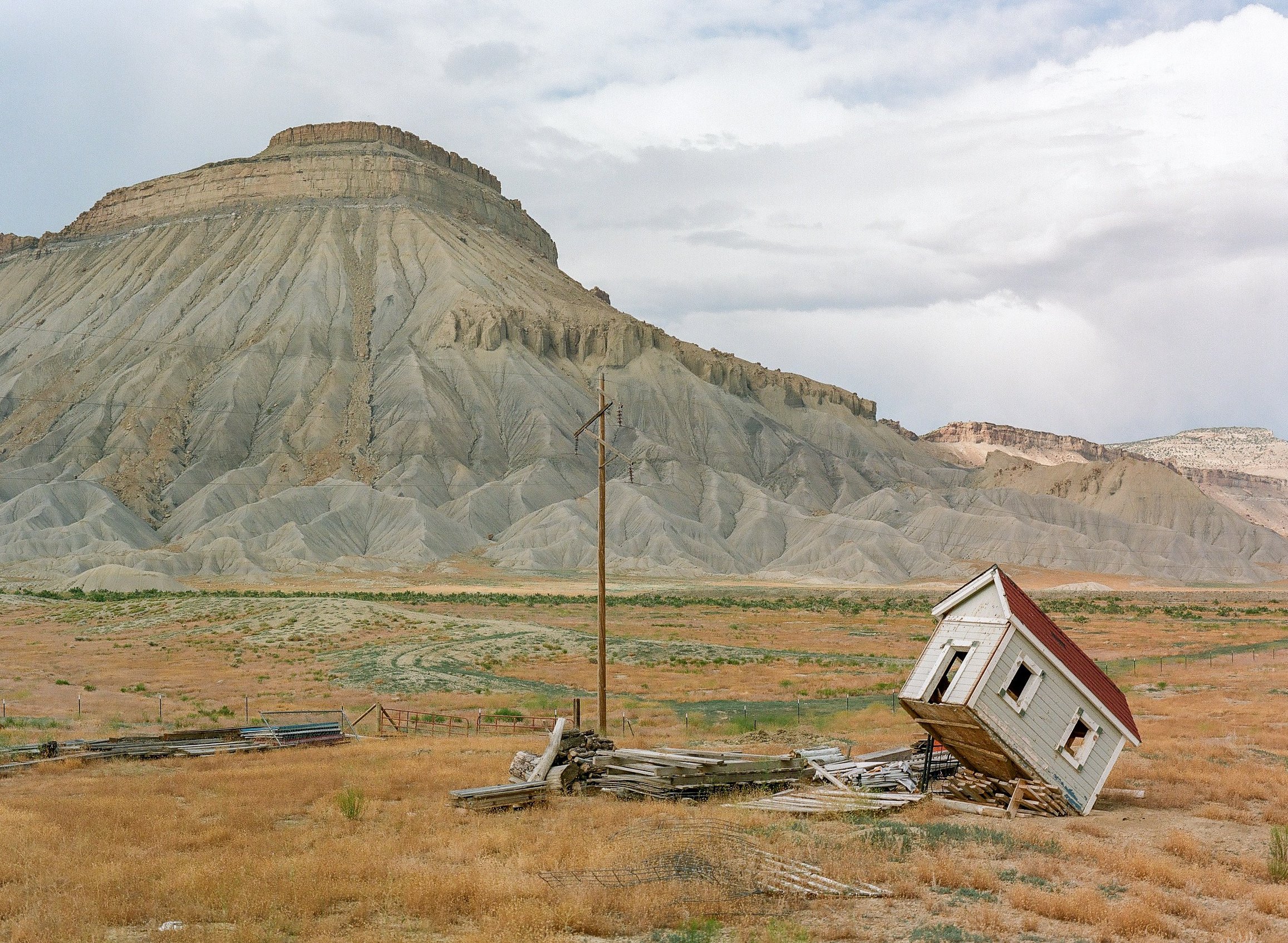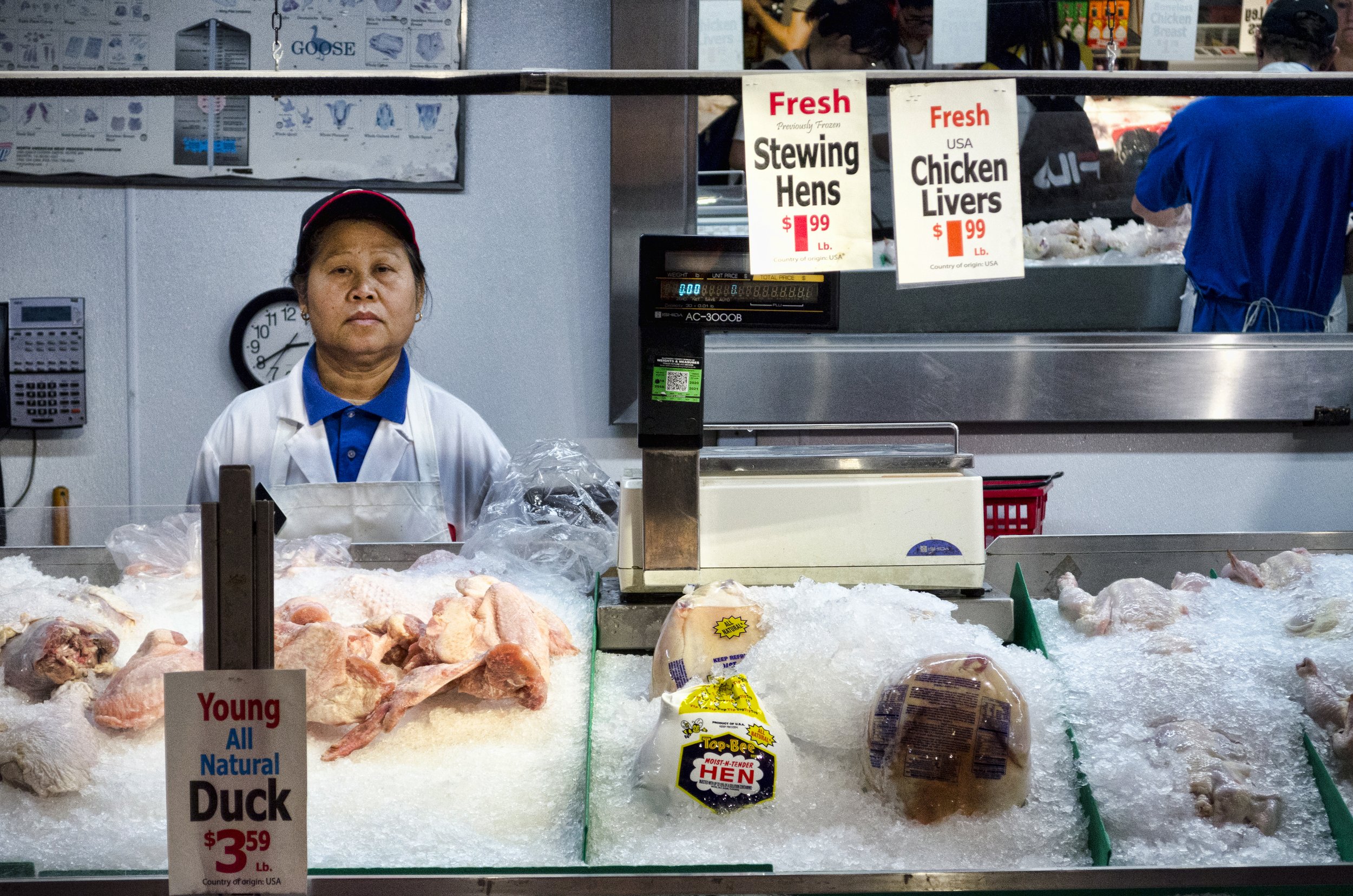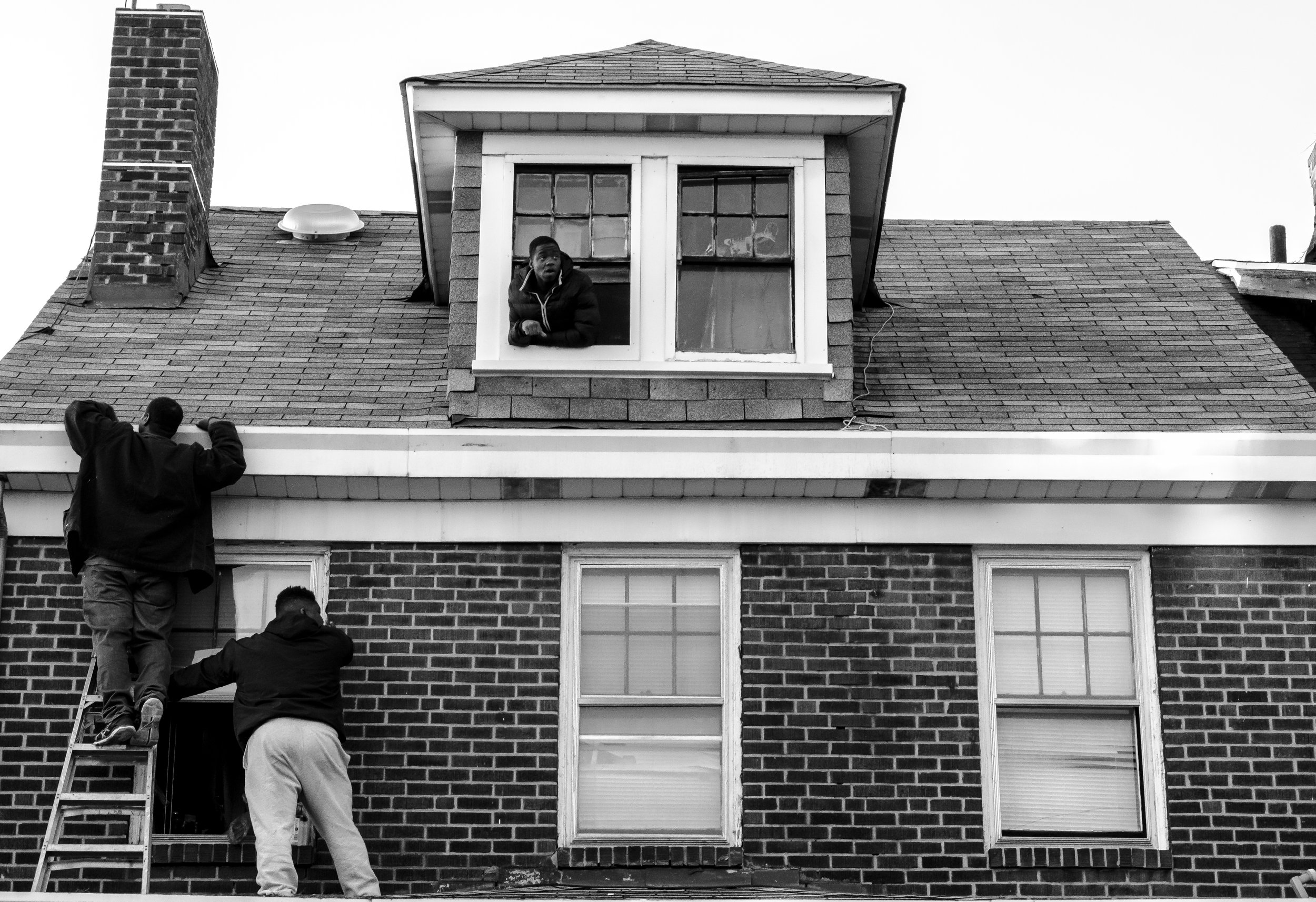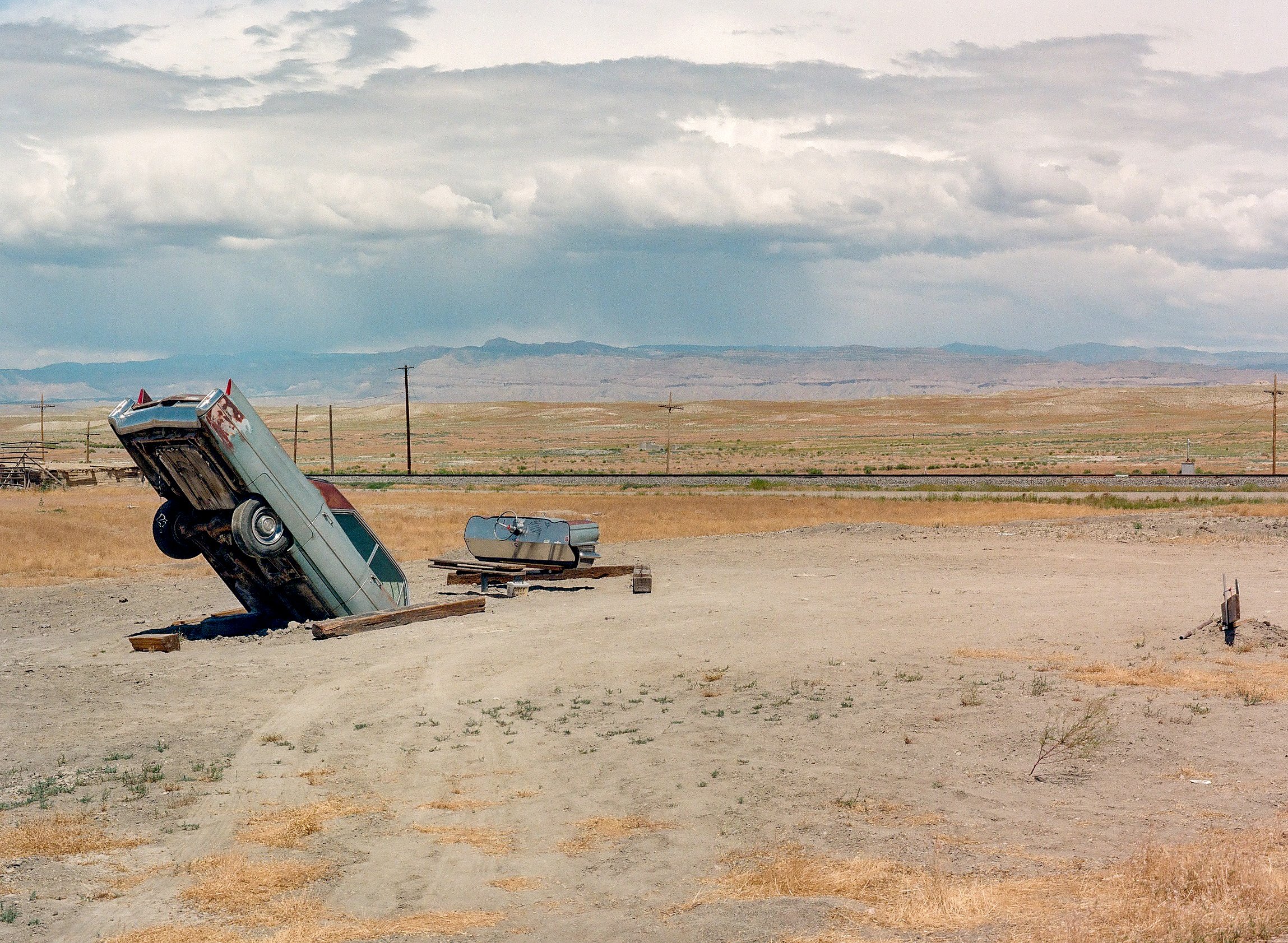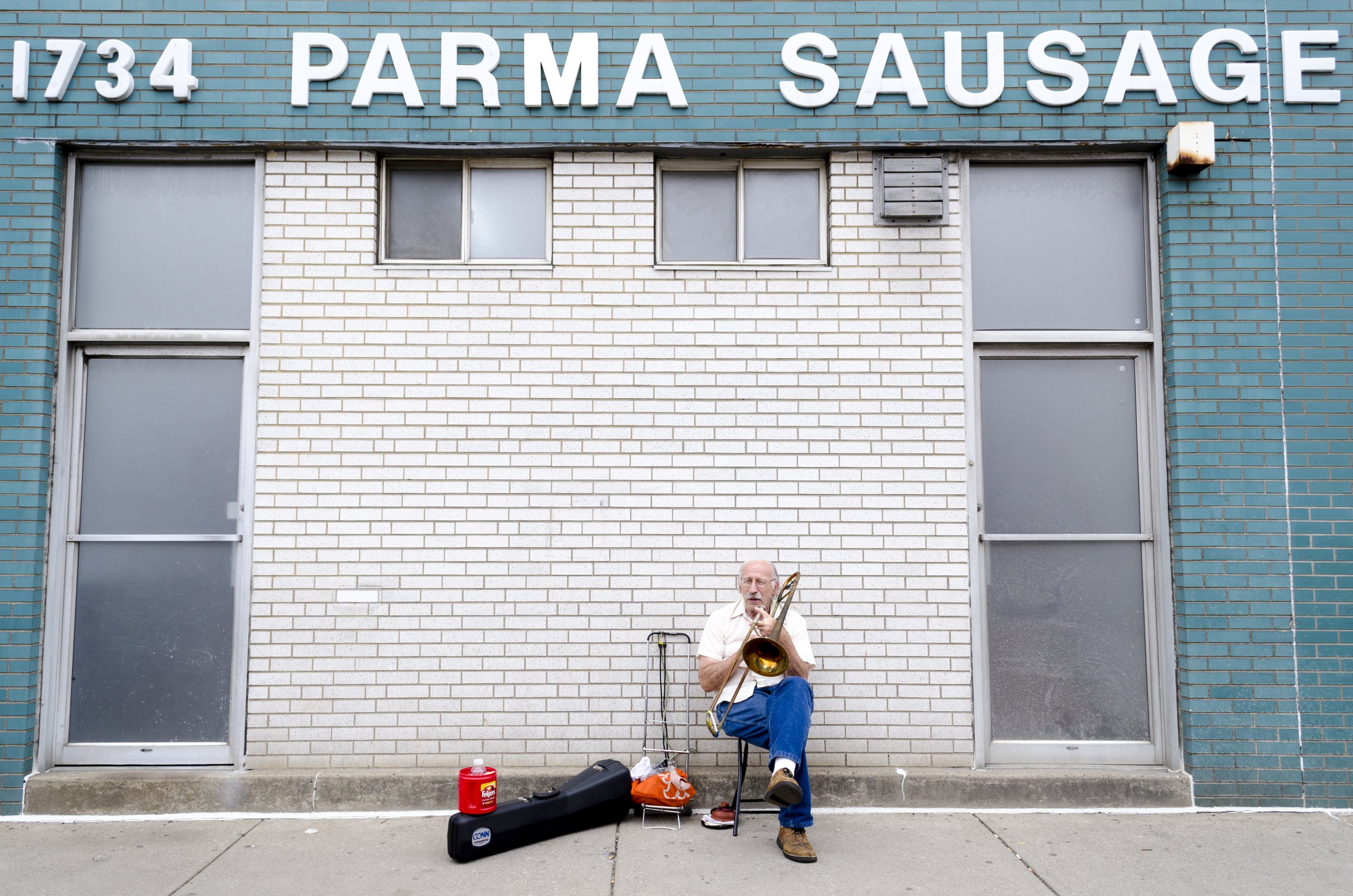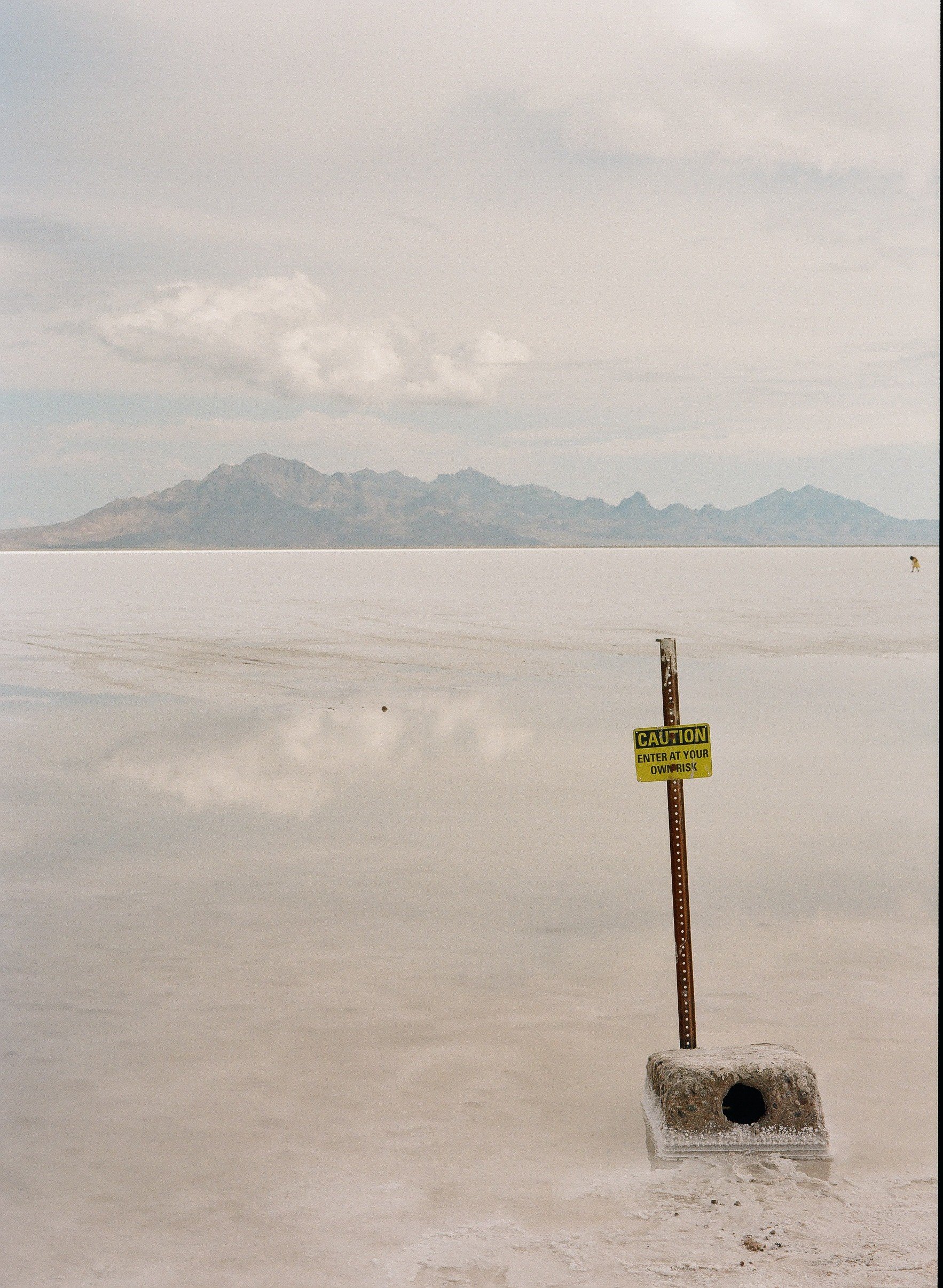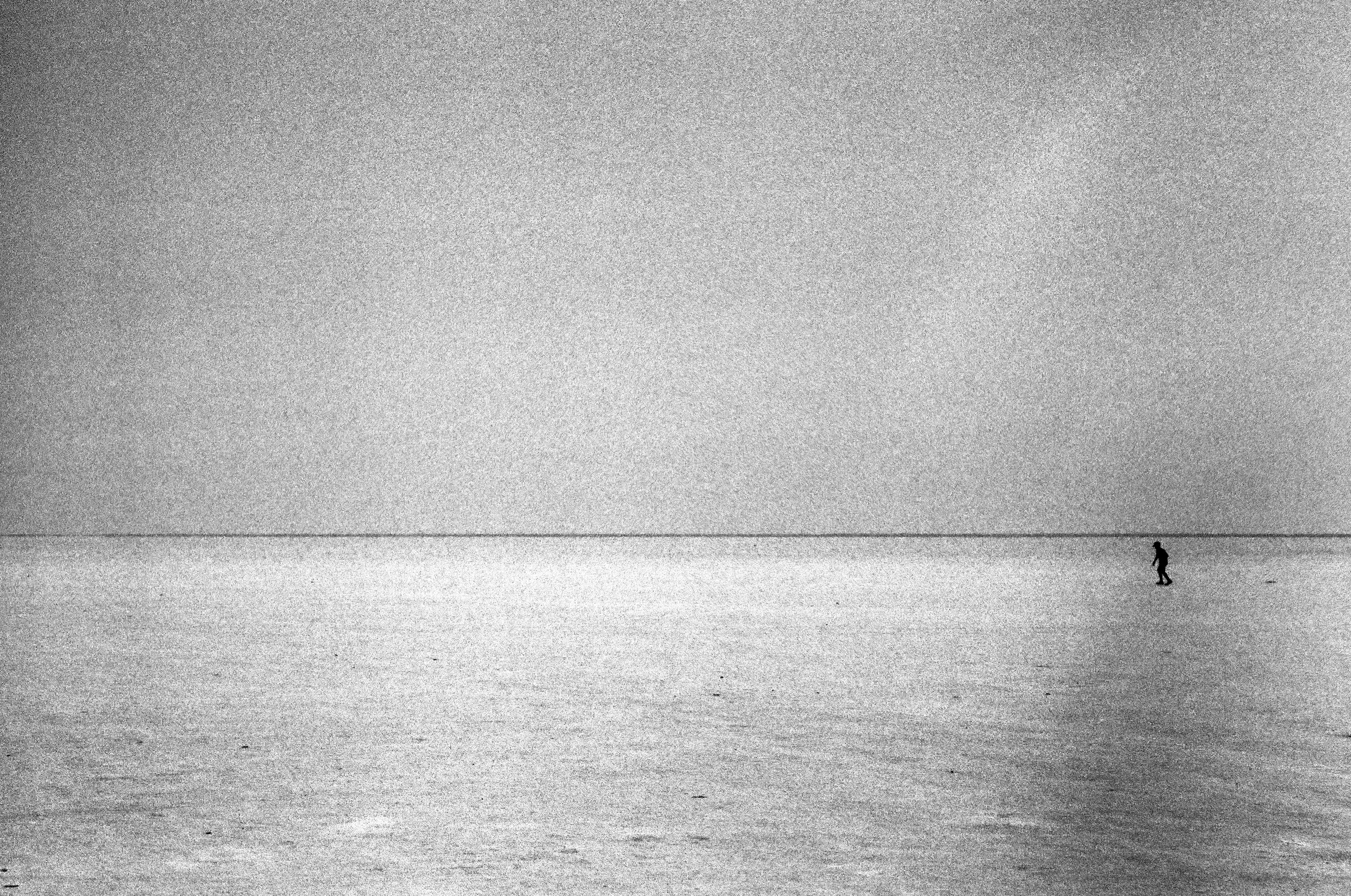Interview
Nathan Gentry
Nathan Gentry is a visual artist and writer who primarily works with the photographic medium and is interested in highlighting the relationship humans have between each other, as well as their relationship with the world in which they live. Seeking to document the coexistence of humans upon the spaces they utilize and commune, and how we as humans use and abuse these spaces is a common focus in Nathan's work. His work often requires experimentation and manipulation in order to create the communicative experience that is often personified in real life. In 2016, Nathan earned his Bachelor's degree in Electronic Media with a minor in Photography at Texas State. After obtaining his undergraduate degree, Nathan moved to Pittsburgh where he earned a dual Masters Degree in Media Communications as well as Documentary Specialization.
Upon completion of his Masters programs, Nathan moved to Salt Lake City, Utah. There, he continues to explore and develop new practices in which he can create photographic works through new processes. Nathan has presented his work in many parts of his home state of Texas but has also extended his presentation to several states within the US. In recent years, Nathan's work has been seen traveling outside of the United States to countries all over the world. His most recent achievements have been his exhibition presentations through international selection in countries such as Germany, Belgium, Greece, the UK, and Italy. Nathan's most recent project, A.D.D. (another.damn.distraction), as well as selected works from his on-going collection titled, Our Planet, have been top selections in the recent travels of his work. As of 2021, his processes and project work have opened up to new explorations as he seeks to develop his next series of work.
What is your background and how did you start your journey in the art world?
“I am an artist who primarily works with the analog photographic format and processes. I honestly never thought I would be an artist, and definitely never would have imagined myself picking up a camera. Art and photography are two things that I never really cared about as a kid. I think it was because I had some sort of self-conscious fear or disgust with whatever ability I had to create any art as a kid. I thought I was terrible at drawing and pretty much any hand-based art form. However, my discovery of photography, and working with a camera, came about a few years into getting into skating.
When I was about ten years old, found out that I was quite in love with skateboarding. I think it was the first hobby I had found that could provide me with that level of joy. As I started growing up with skateboarding, and as I began to get a little bit better, my friends and I would often times find filmers and photographers traveling with us to produce videos and photos of us skating. I thought it was the coolest thing ever. It was so interesting how two completely different things- this crazy device that takes pictures, and a piece of wood with wheels- could come together to create a single piece of work that would be visually presented as art. So, eventually, when I would be out with friends skating, if we happened to go somewhere that I didn't like, or if I was hurt, I would go over to where the filmmakers and photographers were and would start asking questions. I was essentially sitting around and getting Photography 101 classes from some incredible photographers like Erik Gustafson and Jared Nichols.
One day, I was digging around in areas of the house that I shouldn't be snooping around in, and low and behold, I found a 35mm camera. I couldn't believe we had a camera in the house, and now that I knew, I had to convince my parents to let me use it. So, one night, I asked my dad if he happened to have a camera that I could learn how to use (him not know that I knew that he did have one). He looked at me and said no almost immediately. Hearing that, I knew that I needed to push him a little bit more to get that camera, I started telling him how much I wanted a camera, and how much I wanted to learn how to shoot photographs. Then, finally, my dad called me up to his room, and when I got there, he was holding a Canon AE-1 w/Program in his hands. It was like Christmas, but so much better. From that second on, I never put a camera down. I was in love.”
What inspires you?
“If we're talking about what inspires me in life, that is the ability to experience new and learn new things. I can't stand the mundane, and I can't stand sitting stagnant. That's a waste of time. I want to wake up every day and experience something I've never experienced. As for art, art inspires me. It's all just so beautiful to me. I am typically a very hi-energy individual, and I commonly cannot sit still for a single second. Art becomes this sort of medicinal experience that slows everything down. Looking at paint works by Ryan Cosbert, photographic works by Rahim Fortune, or works by any current contemporaries is an amazing encounter to undergo. Seeing artistic mediums change and evolve with current artists, like the ones I just mentioned, and visualizing the comparisons and contrasting points to artists who came before us is kind of what motivates me. Seeing the evolution of art, and specific mediums grow, develop, and flourish into whatever it is meant to flourish into.”
What themes do you pursue? Is there an underlying message in your work?
“Oh gosh... This is interesting and difficult to hone in on sometimes. It's always changing, but I think there's a consistent pattern and focus point to all my work. Whether I'm shooting street photography, landscape, travel/documentary work, or even studio work, I am looking to understand communication and interaction between people and the spaces in which they are involved. I am held up on how humans treat themselves in their own spaces, how they treat their possessions within their own spaces, how they treat themselves and others in public spaces, and how they treat the public space as a possession. Essentially, I think I am trying to understand people/humans. We are an incredibly beautiful species, as well as a completely irritating species. I think my photography, my drawings, and my paintings, make an attempt at trying to understand people and how they communicate.”
How would you describe your work?
“I think the best way to describe my work is "pointed." I'm not sure to be honest. I tend to dabble in many areas of photography that all fall back to the singular idea/mindset/interest that I have relating to photography. Which, is the the communicative processes and connections that humans have. I guess, visually, my work appears to be quite simplistic in composition. I don't strive to document, or create photographs that cause me to go completely out of my way to break my body so that I can get a photo. Instead, I think my work identifies with the 50mm equivalency compositional basis. I like to document my findings by framing up my subject matter or positions my camera in a way that is easy on the eyes, understanding to the mind, and can open up questions and dialogue on the overall image. More importantly, my work is not specifically about the image. My photographs, to me, are just photographs. My work is about the process. I am in love with the chemical manipulation and scientific processes of handling my work. In the darkroom, I have developed a specific form of development that is true to my entire process, and completely individualized to my overall creation of work. The photographs I take are not meant to be stunning. It's the fact that I was able to develop and bring an image to life, using methods that are not typically used, or even known about.”
Which artists influence you most?
“I mean, I was brought up learning about the greats, Henri Cartier-Bresson, Helen Levitt, Vivian Maier, Saul Leiter, William Eggelston, Joel Meyerowitz, Robert Frank, William Klien, Bruce Gilden, and Diane Arbus, but the artists who influence me today seem to be many friends of mine that keep me interested in the progression of photography, as well as current photographers that I am studying like: Rahim Fortune, Paul Kessel, Tom Souzer, Charlie Kitchen, Melissa Breyer, Al Brydon, Willem Verbeek, Lauren Wells, Banana Yuan, Latoya Ruby Frazier, and so many more. It's impossible to limit myself, but these artists are artists that commonly wow me.”
“We are an incredibly beautiful species, as well as a completely irritating species. I think my photography, my drawings, and my paintings, make an attempt at trying to understand people and how they communicate.”
What is your creative process like?
“My creative process is where my photographic world lives. I believe that the process of photography begins with the most personal connection to your film, and ends with the most personal connection to your print. In between those moments are the intricacies of capturing the work, bathing in chemicals. and seeing the work come to fruition. However, my process is one that I have developed on my own. While studying for my graduate degree under April Friges at Point Park University, I had this idea that no photographer should be subjected to working within a confined space, with chemicals that are cancerous and extremely health-riddling. So, while studying at Point Park, I became very interested in April's Alternative Processes classes and began studying how I could create a development process that is completely harmless to the chemist dealing with the solutions. It wasn't long before I stumbled upon a process called caffenol. Caffenol is a black-and-white development process that was developed by hobbyist who wanted a fun, alternative, and cheap way to develop their film. The great part about caffenol was that it was completely harmless, and used only store-bought ingredients, vitamins, and solutions, but it was also easy to work with. The downside was that it was an incomplete process, as it only allowed you to develop in black and white, and its visual outcomes were quite unappealing. That being said, I decided to spend my tenure at Point Park narrowing down the black and white caffenol process, while finding a solution to develop and handle film using a color development method. After several years of research, internet searching, and trial and error, I found a way to create the only working, and completely legitimate color caffenol process that has led to my development and printing processes for the years after my discovery, and up to this point.”
What is an artist’s role in society and how do you see that evolving?
“To me, the artist's role in society is to be transparent, and truthful, and to spark a message. We as artists tend to struggle with communicating or understanding communication. However, we are typically highly adept and aware of issues in our society that are harming us directly, or harming our communities. We as artists can tell a story. Whether it is our own story or the story of a broader issue, our artwork is meant to be symbolic of those issues and to present work that sparks dialogue, leading to a broader discussion and hopeful solution. This doesn't mean art cannot be beautiful. There are beautiful stories out there, and artists need to focus on telling those stories as well. Not everything is doom and gloom. So, in my opinion, it is the artist's job to tell a story. To communicate both positive and negative realities, and to communicate those in a way that sparks change, or implements positive motions.”
Have you had any noteworthy exhibitions you'd like to share?
“Over the years, I have seen my work travel across the world, in countries like Italy, Athens, Belgium, Hawai'i, as well as all across the United States. Both through group selection, and solo exhibitions, my projects, 53%, A.D.D. (another.damn.distraction.), and Fragments&Streaks, have found themselves traveling to spaces across the globe.”
Website: www.nathangentryphoto.com
Instagram: @nanaflicks


